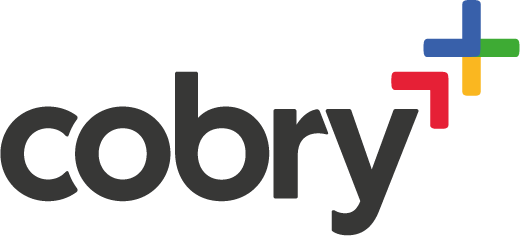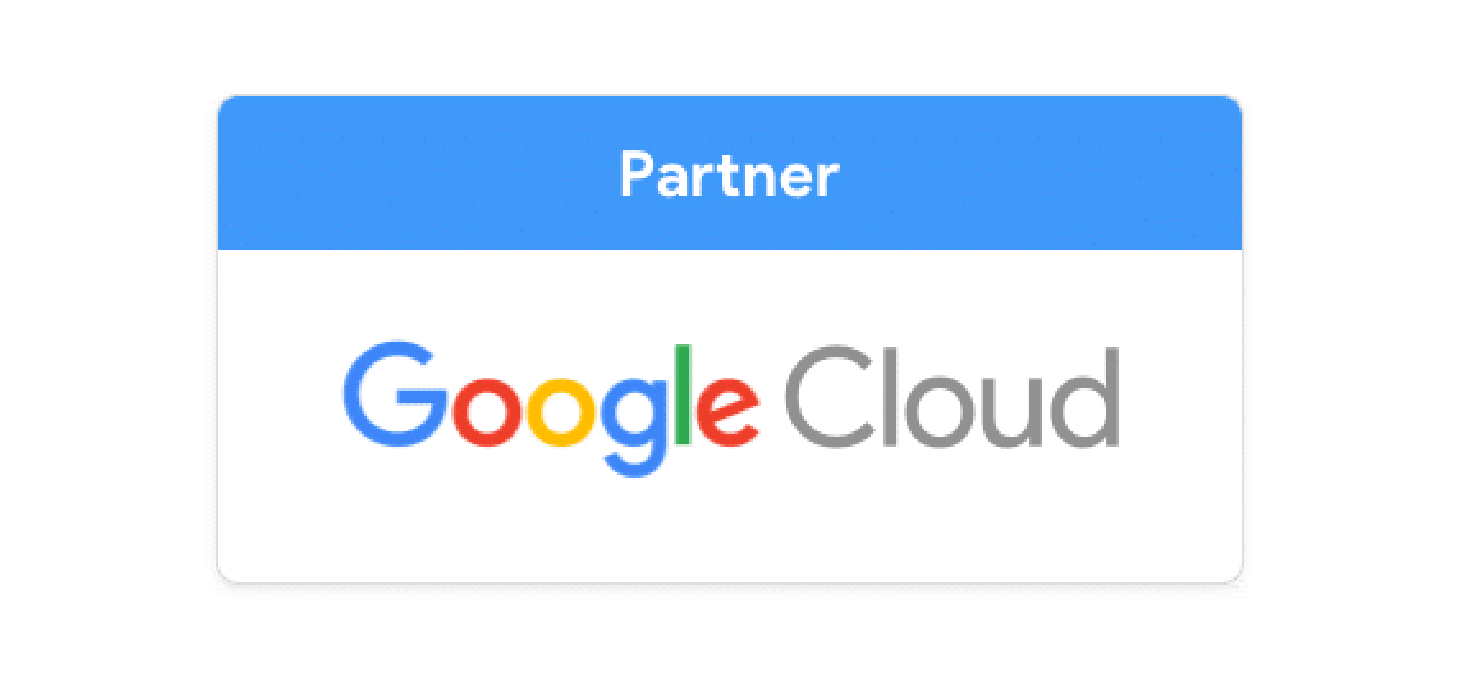Online businesses are the norm today, and that’s only somewhat due to the impact of the COVID-19 pandemic. It’s true that the resulting lockdown measures closed down countless offices and forced the companies previously occupying them to begin operating online, but the truth is that the winds were already blowing in that direction. It’s simply more efficient and economical to base your business in the cloud instead of in a traditional office setup.
Perhaps you’ve just started an online business (or have begun operating your existing business without a regular office) and you’re trying to figure out how to work most effectively. Maybe you’ve even been running an online business for some time but aren’t sure if your current approach is the right one. If so, there’s one pertinent question: are you using Google Workspace (formerly known as G Suite)?
If the answer is no, then this post is for you. In it, we’ll cover what Google Workspace involves, how it helps businesses in various major ways, and why it is the best in its field. Let’s begin.
What is Google Workspace?
The set of tools that became what we now know as Google Workspace was launched back in 2006 as a competitor to the long-established Microsoft Office system from Microsoft. Whilst boasting many solutions designed to drive business transformation, its core apps are: Gmail, Drive, Docs, Sheets, Slides and Calendar.
The goal of Google Workspace is to cater to general business needs in an affordable and convenient way. There are four main tiers available on Google Workspace: Business Starter, Standard, Plus and Enterprise. However, if these Google Workspace tiers don’t fit your online business', there are many other tiers and alternatives available, just ask Cobry! These options give organisations the freedom to pay only for what they need and adopt the solution best suited to their needs.
How does Google Workspace help online businesses?
So, why would you want to embrace Google Workspace — in part, or in whole — for your online business? Well, there are many strong reasons. Here are some of the key areas in which it can prove helpful:
- Communication. In today’s remote-working world, company communication is more important than ever before, and Google Workspace offers various helpful apps: most notably Gmail, Chat, Calendar, and Meet.
Gmail is the industry-leading email application, Google Chat is an intuitive chat application supporting one-on-one or group exchanges,
When it’s necessary to meet, Google Calendar makes it simple to create a virtual meeting and invite everyone — and when they gather, they can seamlessly join a Google Meet session and discuss whatever must be discussed via high-quality video.
- Customisation . The Google Workspace Marketplace offers Workspace users a variety of third party tools and add ons. These tools allow organisations to tailor Google Workspace to their exact business needs and enhance their use of the tool. For example, organisations can add shared mailboxes or CRM tools to their workspace environment that will aid in streamlining business processes. Additionally, all of these tools integrate seamlessly with Google Workspace allowing users to experience a simple and secure workspace.
- Organisation. Keeping things organised and ticking over appropriately is a big challenge, and Google Calendar makes it easy to have everyone in your business sharing a schedule. This is necessary to ensure that everyone knows what their colleagues are doing and can allocate responsibility appropriately.
- Administration. The main Google Workspace Admin section makes it extremely simple to keep track of which users (and which devices) have access to which files, making the Google Workspace as a whole very straightforward to implement. Additionally, Google Forms speeds along the gathering of internal feedback from employees, something that’s vital for growth.
- Content. Content production is an area in which the Google Workspace shines. Through Google Docs, Google Sheets, and Google Slides, it provides all the necessary functionality to create and share rich documents, spreadsheets, and slideshows. And keeping track of everything is made faster through Google Cloud Search, a Google-powered internal search engine for the entirety of a Google Workspace account.
- Data. Storage is obviously a core component, and Google Drive is the solution here. Providing speedy and reliable cloud storage that scales to suit each user’s needs. Google Keep offers convenient note-taking for the small low-priority takeaways that often result from meetings. Google Work Insights, meanwhile, reviews the entirety of a Google Workspace deployment to offer useful notes about operational efficiency and trends.
Beyond those, Google Vault is responsible for generating archives and backups, providing an additional line of protection for mission-critical files. And with Google Endpoint in place to limit file, user and device access appropriately, the risk of suffering data breaches is minimal.
Why Google Workspace is the best Workplace Collaboration platform on the market
Built to compete with other established business ecosystems, Google Workspace was quickly adopted by online businesses eager to look ahead. Today, Google Workspace is the undisputed champion when it comes to business collaboration. Whilst Workspace provides a seamless experience for users, its competitors lack the same irresistible accessibility.
Each of the Workspace tiers offer unparalleled functionality and security that will revolutionise the way organisations work. In a time when more and more companies are striving to effectively collaborate online, this is a truly compelling reason to opt for Google’s offering here. And when you decide to make that move, you can turn to Cobry for expert support.







